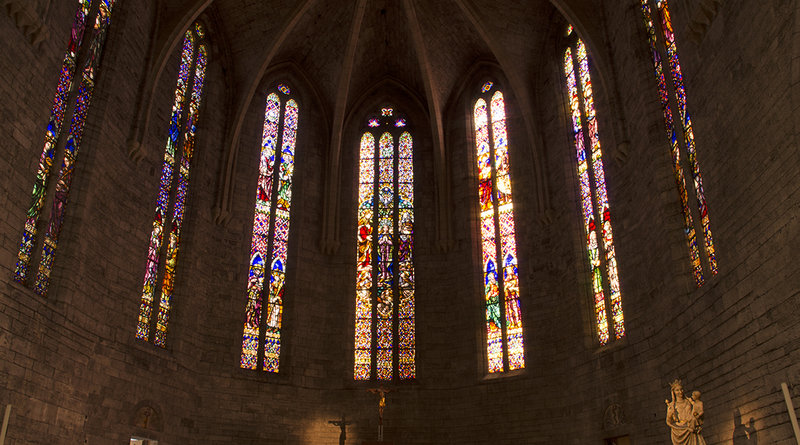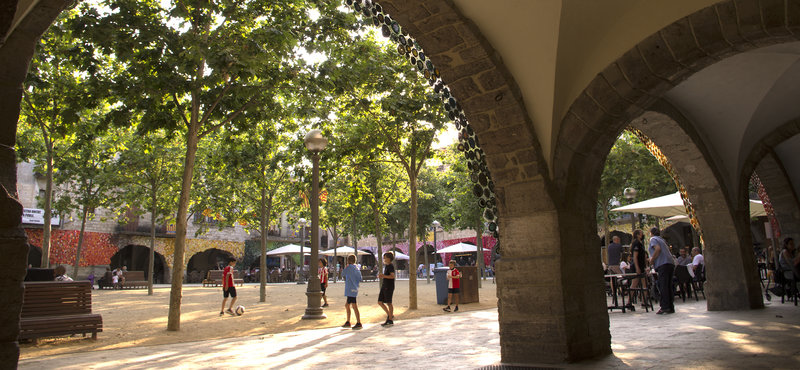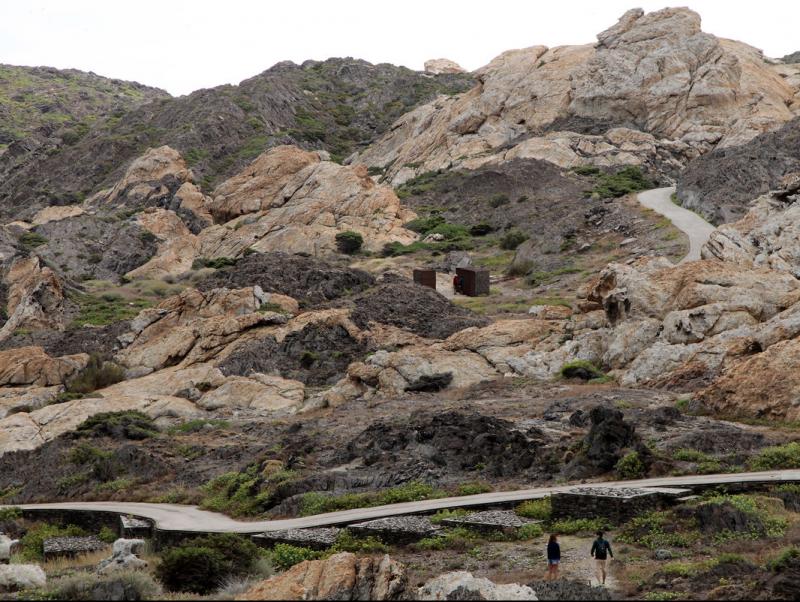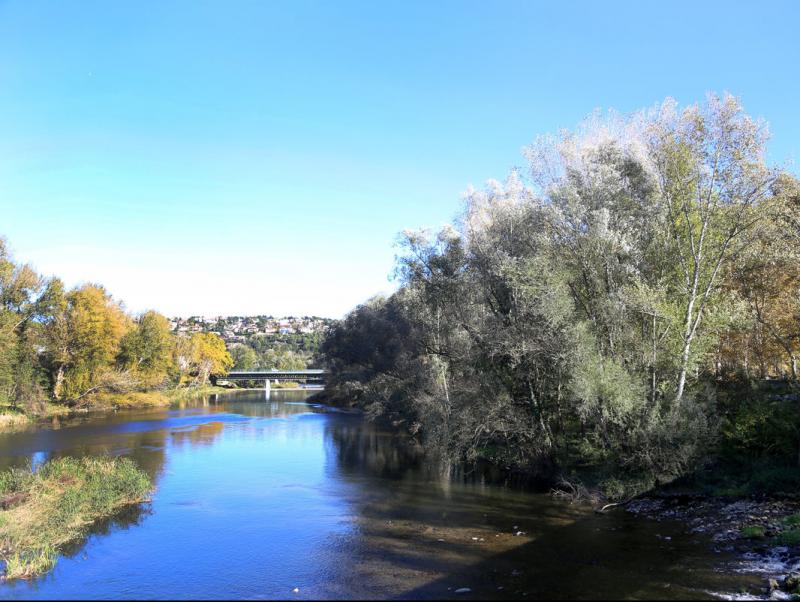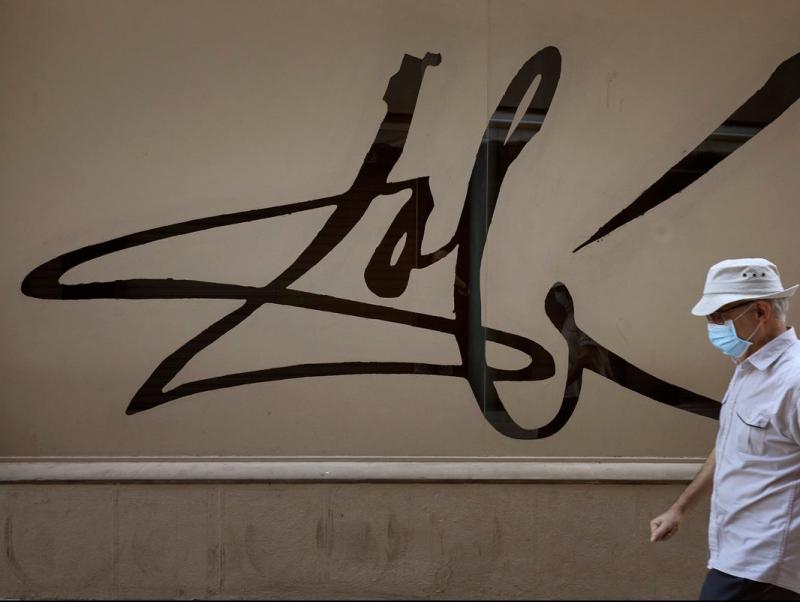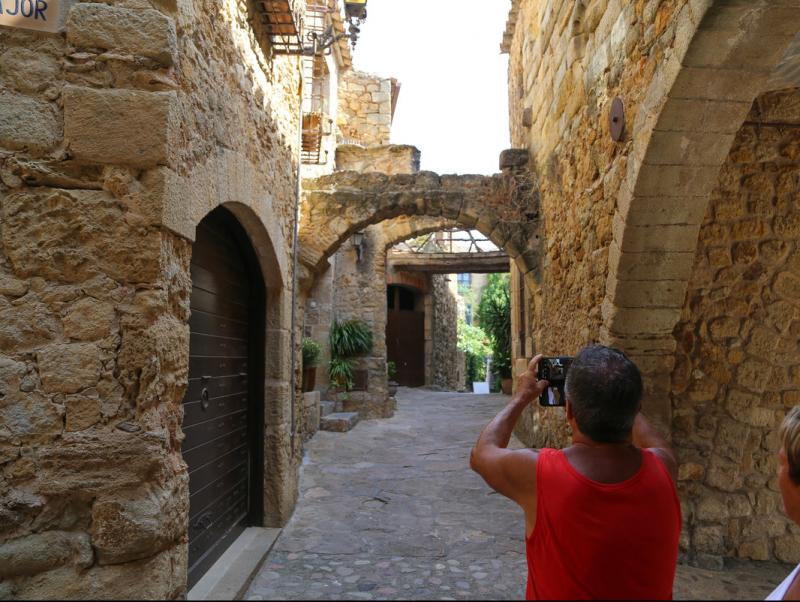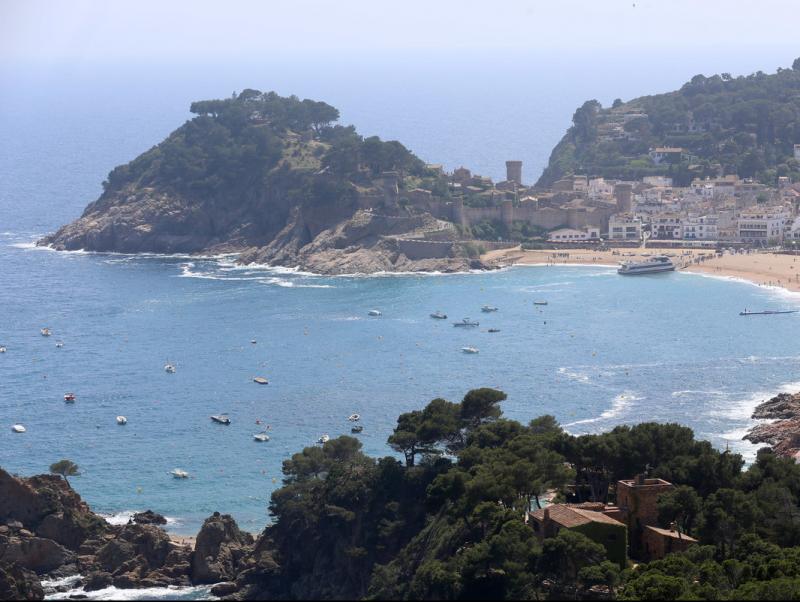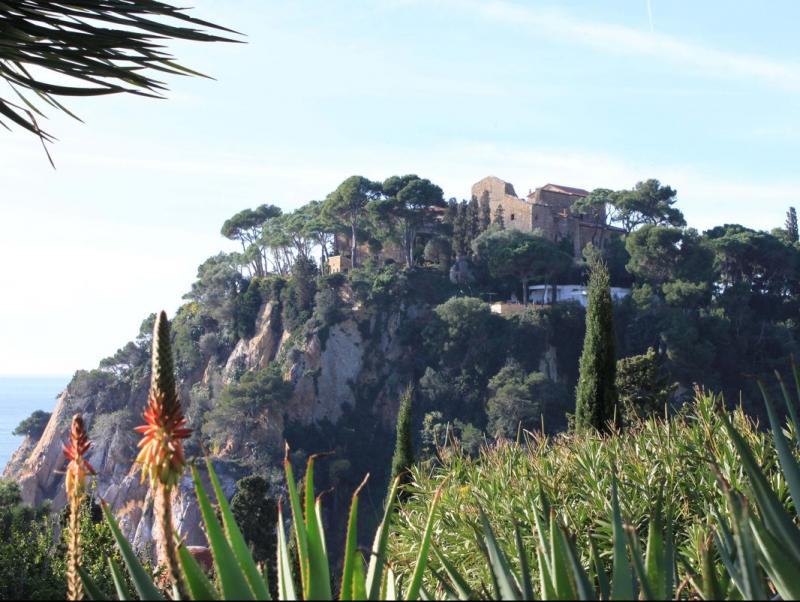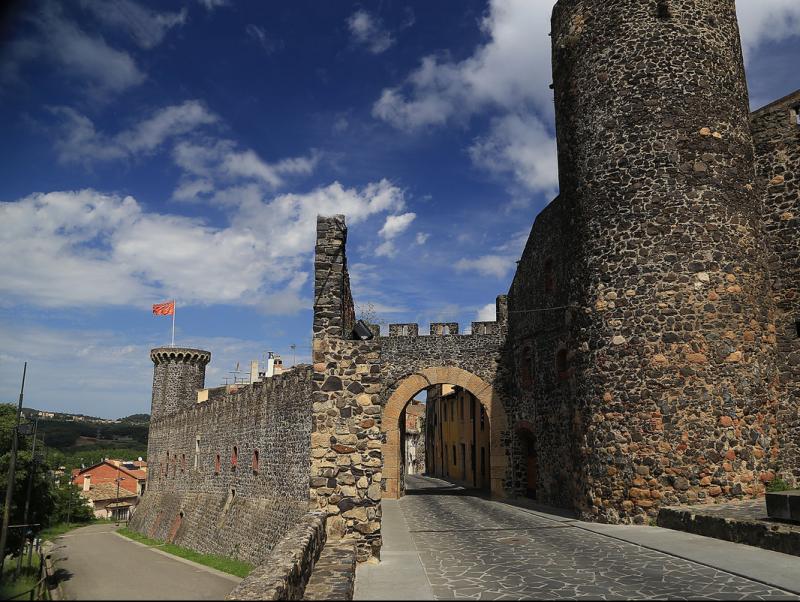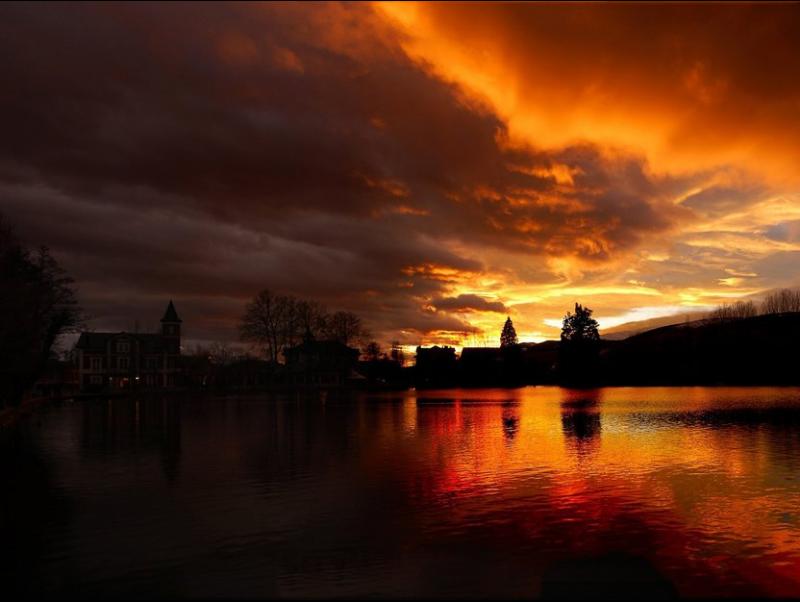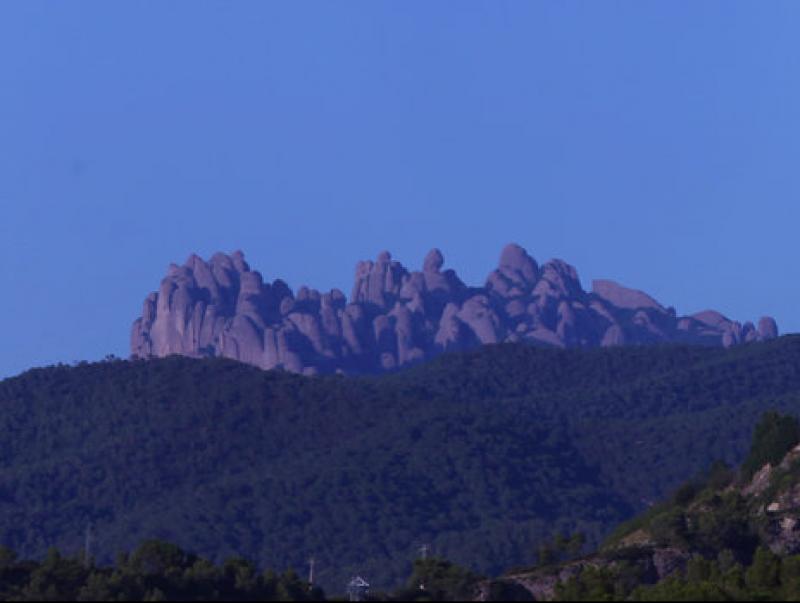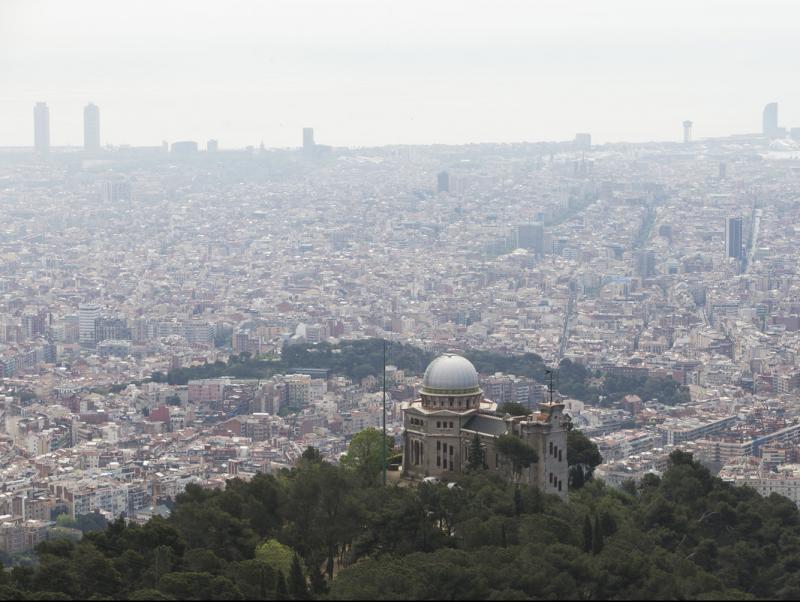Banyoles, the city of the lake
The city of Banyoles grew up in the shadow of a Benedictine abbey. It was at the beginning of the ninth century that the Abbot Bonitus received this village from Count Odiló and built a temple dedicated to Sant Esteve. That was when the first villagers living in the surroundings of the monastery came under the dominion of the feudal power of the monks. During the 10th century, the monastery ruled over an immense territory: the whole of Banyoles lake and the surrounding lands. The temple that stands there today was built in the second half of the 18th century, although it has retained older elements, such as the Gothic-Renaissance west door from the 16th century. In fact, the architectural ensemble is a mixture of styles, the result of different periods of construction. The cloister of the monastery – Neoclassical in style – is from the 18th century, and consists of 32 columns with Corinthian-style capitals and semicircular arches. In the centre of its garden courtyard is an elegant ornate wrought iron parapet, which has a high bell tower with a fine view of the maze of streets and squares in the Old Town.
In medieval times, the city spread to the south west around a small church built in the second half of the 10th century. A surprise awaits visitors, in the form of its stained glass windows, tall and elegant. Dedicated to the Virgin Mary they have a predominance of blue, green and red colours. When the sun shines on the stained glass, it gives the impression of an aquatic background invaded and coloured by so much light.
The Old Town boasts a network of narrow streets, with diverse architectural elements ranging from the 13th to the 18th centuries.
The main square is surrounded by vaults, with stone arches of different shapes depending on the time of their construction or renovation.
This is the life and soul of the city and the weekly market is still held here every Wednesday. Noisy and colourful, the market can be viewed from the terraces of the bars; it is the perfect place to enjoy the sun while contemplating the trees in the square, emerging from between so much stone. And when night falls, this is where you will feel the city’s heartbeat after the noise has disappeared of children playing in the shade.
A literary image of the Plaça
“Now alone, let’s leave her to sleep. Until the light of dawn awakens the roosters, a door will open and, under the grey sky, the bright light will reveal the green vault of the trees, the stone vault of the arches and the open surface, almost alive, of the square.”
Jaume Farriol, Banyoles by the Lake.
Editorial Selecta, Barcelona, 1966, ps. 51-57.

